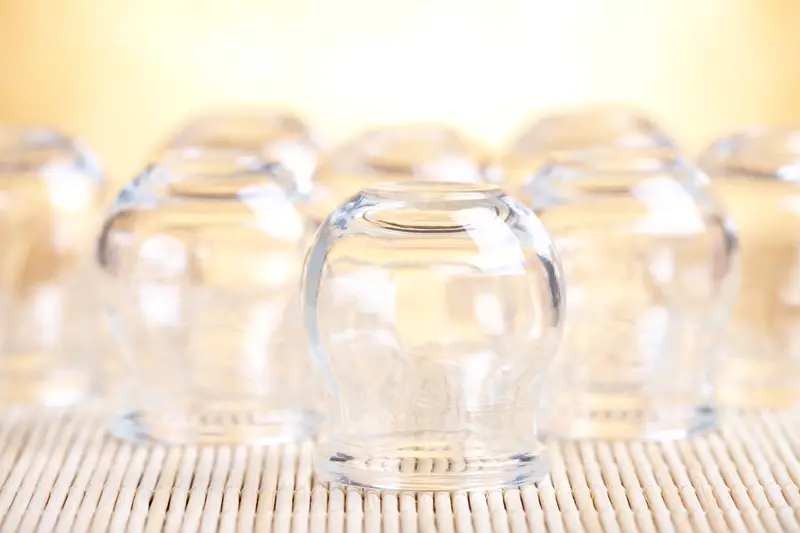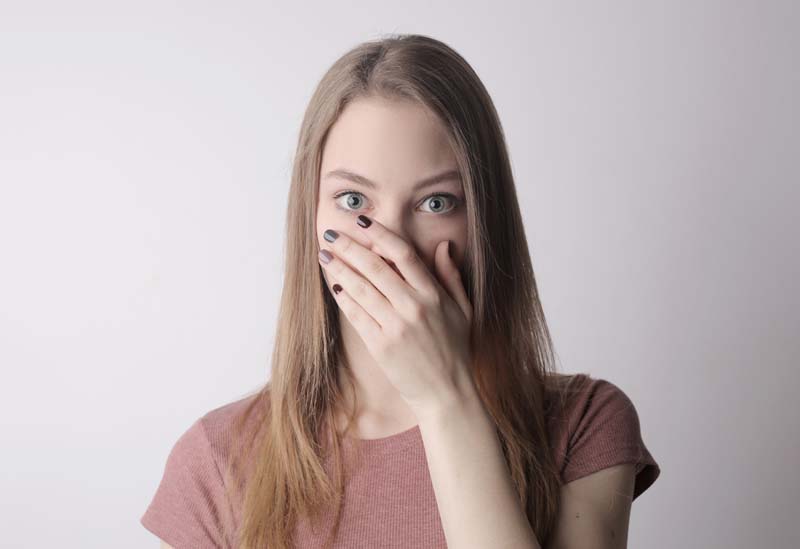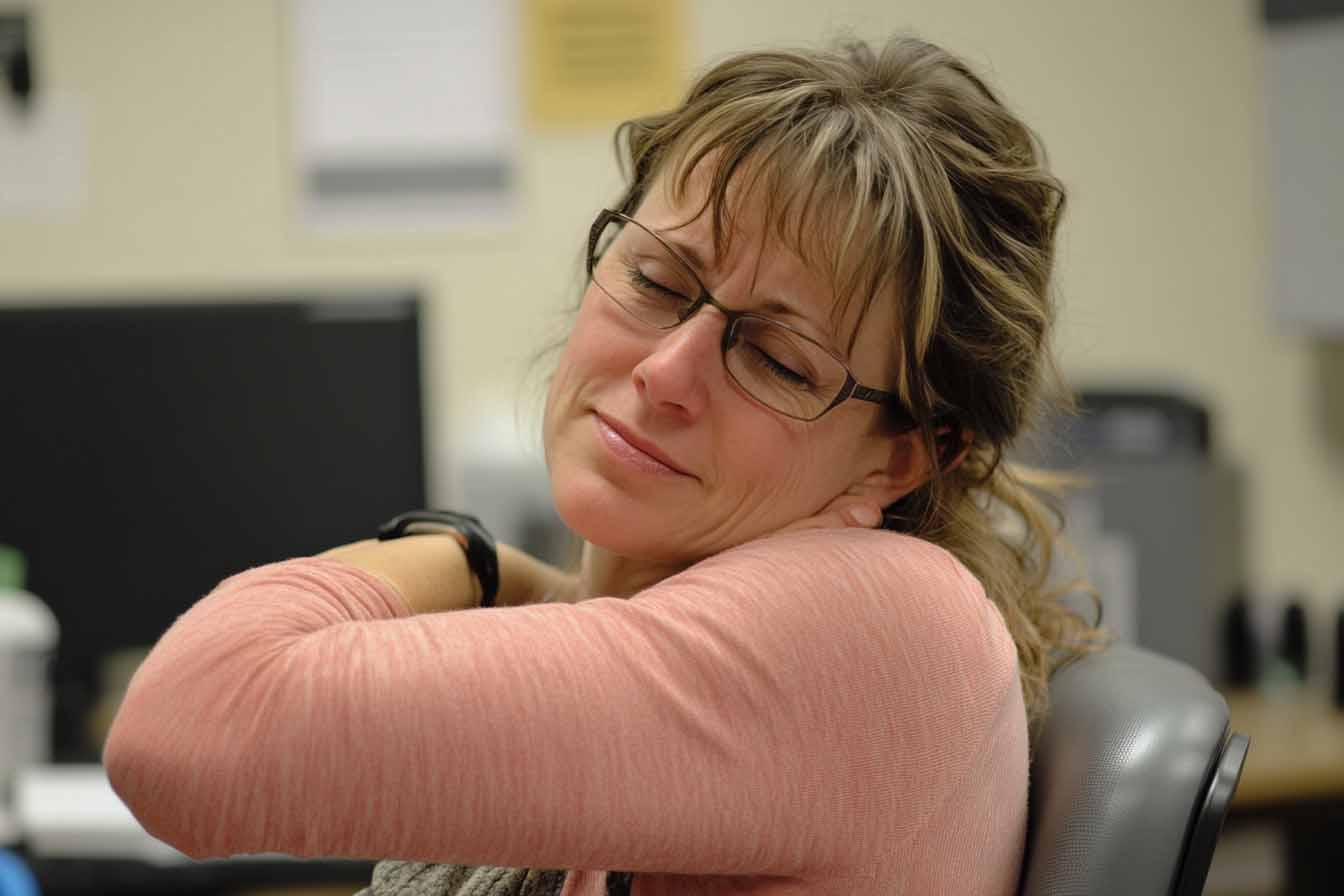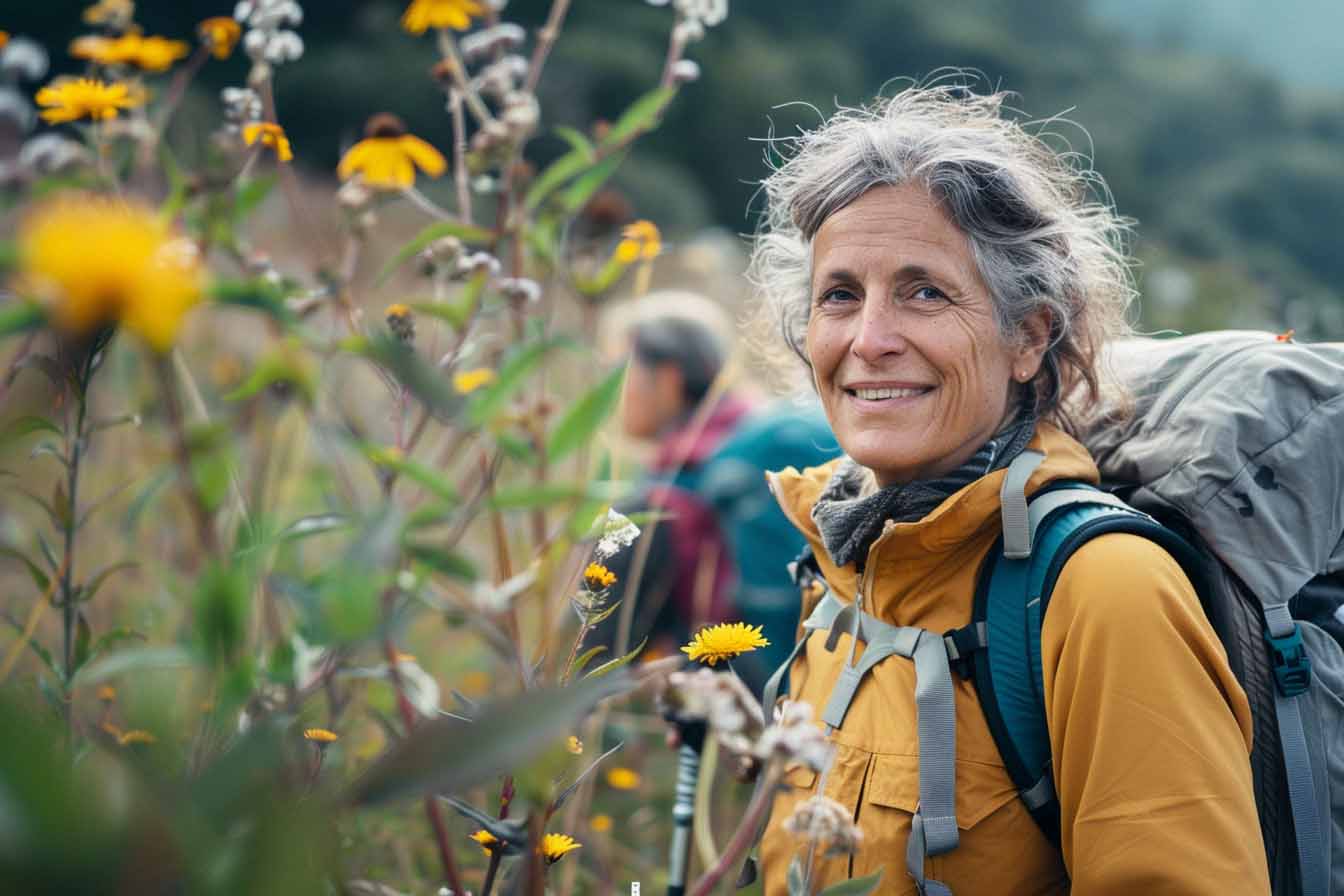Discover the Secret to Easing Knee Pain: Walking Backwards on a Treadmill
Struggling with knee pain can affect your daily life. A simple change in your workout routine, like walking backwards on a treadmill, might offer significant relief. This trend, popular on social media, not only alleviates knee pain but also improves balance and stability.
Benefits of Walking Backwards on a Treadmill
- Improves Balance and Stability: Walking backwards shifts your center of gravity, making it harder to balance, which in turn enhances your overall stability and coordination.
- Alleviates Knee Pain: This technique changes the dynamics of muscle engagement, reducing the load on your knees and alleviating pain by distributing pressure more evenly.
- Strengthens Different Muscle Groups: Backward walking activates the calves, hamstrings, and glutes more effectively than forward walking, promoting balanced muscle development.
- Benefits for Runners: It lengthens tight hip flexors and strengthens gluteal muscles, which can help runners avoid common injuries like IT band syndrome and patellar tendonitis.
How to Safely Walk Backwards on a Treadmill
- Start Slow: Begin at a slow speed of 0.5 miles per hour to get used to the movement and avoid losing your balance.
- Use Handrails: Hold onto the handrails for support as you start, which helps maintain balance and reduces the risk of falling.
- Engage Your Core: Activate your core muscles to protect your back and maintain a steady posture, preventing strain and enhancing balance.
- Increase Speed Gradually: As you become more comfortable, gradually increase your pace to avoid sudden imbalances and ensure controlled movements.
- Add an Incline: For additional benefits, incorporate a slight incline to challenge your muscles further and increase the intensity of your workout.
- Safety Precautions: Always have someone spot you or use the treadmill’s safety features, such as an emergency release cord, to prevent accidents.
TCM Tips: Acupressure for Knee Pain Relief
To complement your routine, consider acupressure, a Traditional Chinese Medicine technique. It’s easier and safer than walking backwards on a treadmill.
How Acupressure Reduces Knee Pain
Acupressure stimulates specific points (acupoints) along energy pathways (meridians). This unblocks qi (energy) and blood flow, releases endorphins, and improves circulation, reducing inflammation and pain.
Key Acupressure Points for Knee Pain
SP-9 (Spleen-9/Yin Ling Quan/Yin Mound Spring):
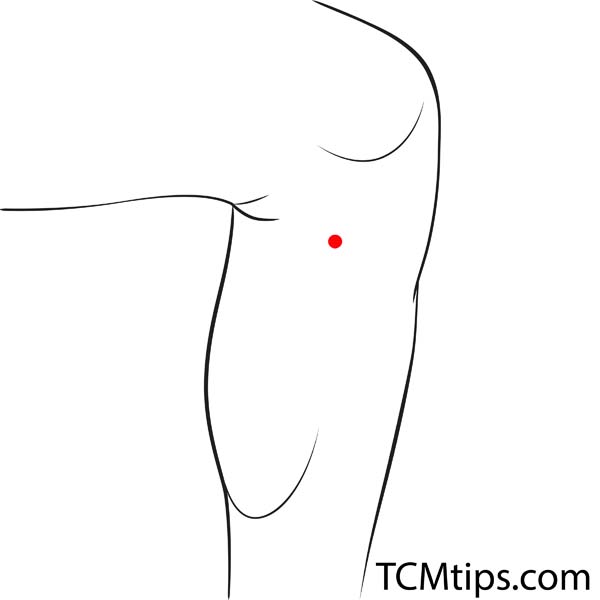
Located on the lower leg, in the depression on the lower border of the medial condyle of the tibia.
Yanglingquan (GB34):
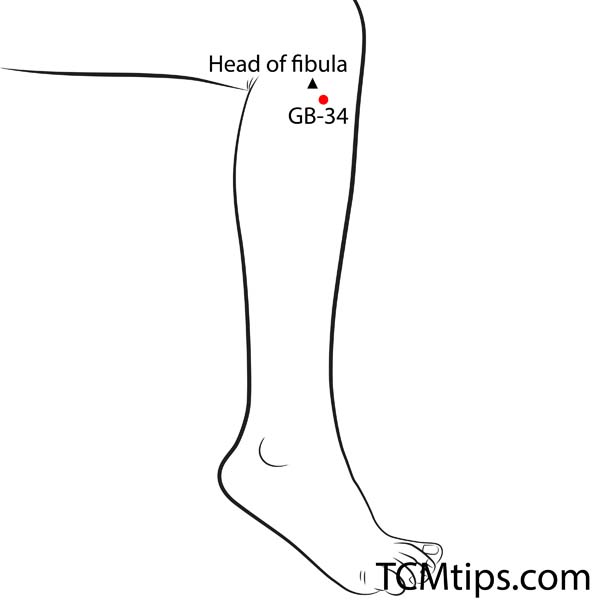
On the outer side of the lower leg, just below the knee.
Zusanli (ST36):
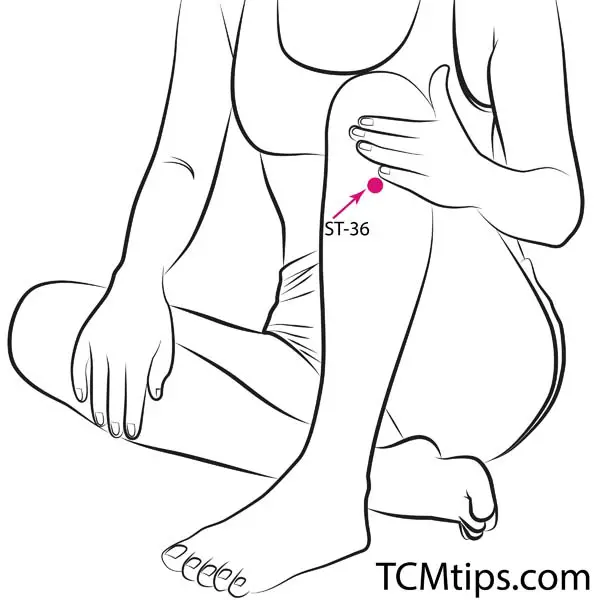
On the outer side of the leg, about a hand-width below the knee cap.
How to Apply Acupressure
- Locate the Points: Use fingers to find the acupoints.
- Apply Pressure: Press firmly for 1-2 minutes.
- Massage in Circular Motions: Gently massage to stimulate the point.
Incorporate acupressure into your routine for a holistic approach to knee pain relief. For more detailed guidance on acupressure points for knee pain, visit our comprehensive guide.

Try our Anti-Aging Gua Sha Tool designed to bring out your skin’s natural glow.
Best Gua Sha Product- Anti-Aging: The tool is designed to target 11 specific aging signs such as wrinkles and sagging skin. By following the 7-step routine, users can improve skin firmness and reduce fine lines naturally.
- Enhances Skincare Routine: It works effectively with serums and lotions, boosting absorption and efficacy of skincare products.
- Visible Skin Improvement: Users can expect a smoother complexion, reduced puffiness, and a more youthful appearance.
 P. Sze
P. Sze 

